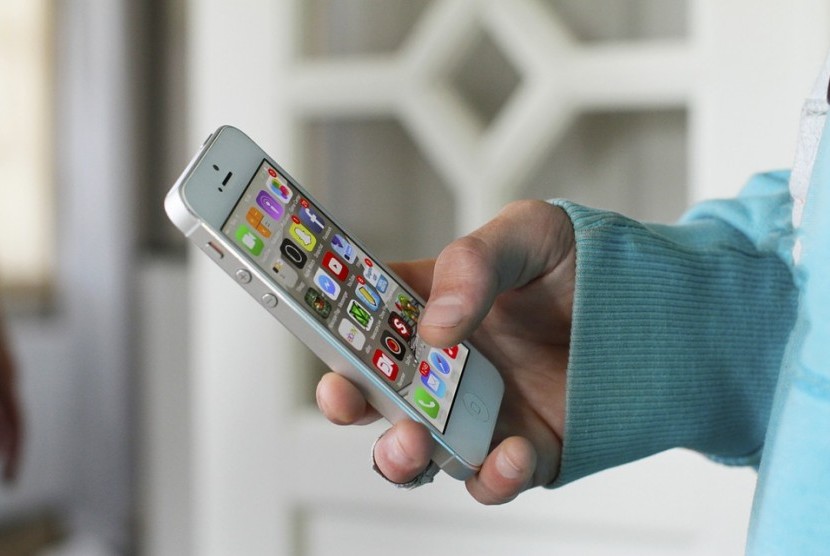REPUBLIKA.CO.ID, JAKARTA -- Veteran National Development University of Jakarta lecturer Puri Bestari Mardani invites citizens to filter and check the veracity of information circulating on social media platforms before sharing it.
“People are expected to be able to select and verify information widely circulated on social media. Before you share it, then fact-check the information,” Puri said.
“If you don't have time to fact-check, then that information doesn't need to be shared,” Puri said.
He said more hoaks were spread through social media and appealed to residents to be vigilant.
Based on data from the Indonesian Telecommunication Society, 92.4 percent of hoaks are spread through social media, 62.8 percent through messaging apps, 34.9 percent through websites, 8.7 percent through television, and 9.3 percent through other channels such as print media, radio, and e-mail.
According to Puri, social media is mostly used as a place to spread hoaks. Because the platform is popular, it is open, connects many people, is interactive, and allows the delivery of information quickly and directly.
In addition, each user can participate in creating content and sharing content, can have more than one account, be it a personal account, a business account, or a fake account, to disguise the real identity.
According to We Are Social data, during 2024 there will be 5.35 billion internet users and 4.95 billion social media users worldwide. Data from We Are Social in January 2024 shows that in Indonesia there are 185.3 million internet users and 139 million social media users.
“Indonesians alone are able to spend 19.7 percent of their time per day on social media. This percentage is seventh in the world,” Puri said.
According to West Sulawesi Communication Information Technology Volunteer Secretary Shalahuddin, Internet users are more easily exposed to hoaks due to factors such as sharing culture, still strong tribal, religious, and racial sentiments, trapped in erroneous korsa soul culture, unable to distinguish private and public spheres, as well as content commercialization interests.
“Exposure to these hoaks becomes a gateway to polarization, distrust in facts, and erodes the authority of science that moves along with political momentum,” Shalahuddin said.
According to Shalahuddin, the spread of hoaks can be counteracted by communal understanding, rather than on an individual level. He also posited the need for efforts to eradicate the spread of hoaks from upstream to downstream.
Upstream efforts can include digital literacy education to the public as well as tracking hoaks by competent institutions and communities. While downstream, law enforcement can be carried out against parties that actively spread hoaks.
“From the side of law enforcement, it can be through the blocking of accounts by the Ministry of Communications and legal proceedings by the police,” Shalahuddin said.
Shalahuddin suggested how to deal with hoaks circulating on social media as well as the internet with 3M. The first step is to recognize the information that is disseminated on social media by checking the disseminating accounts and ascertaining whether the content is provocative.
The second M is to manage information by checking the addresses of websites or news sources and differentiating opinions with facts. “Third, being able to break the chain of not sharing the information,” Shalahuddin said.


